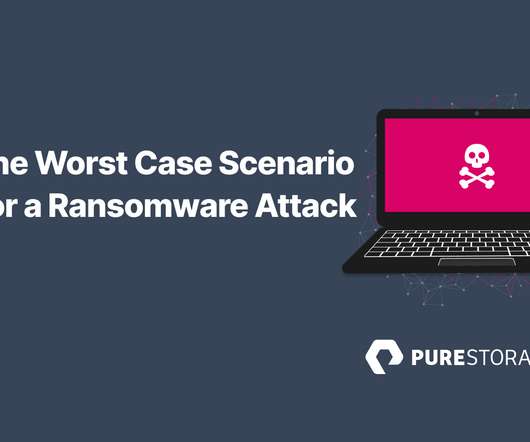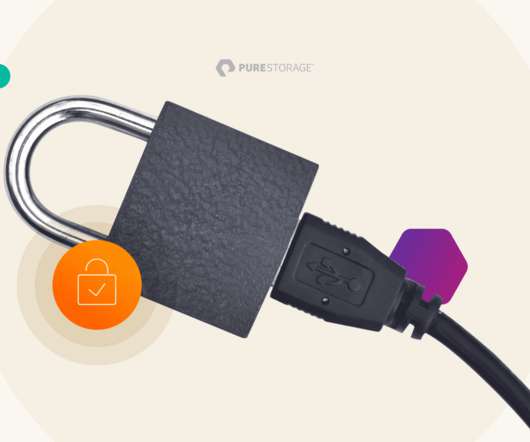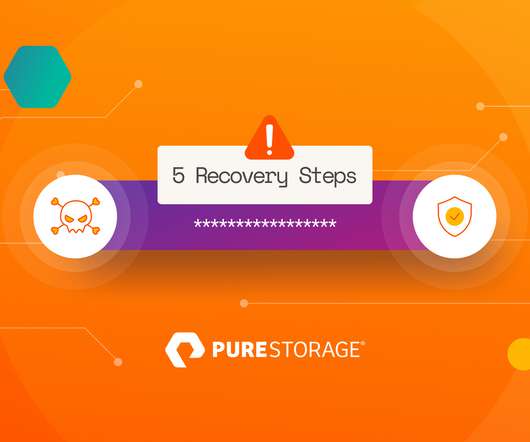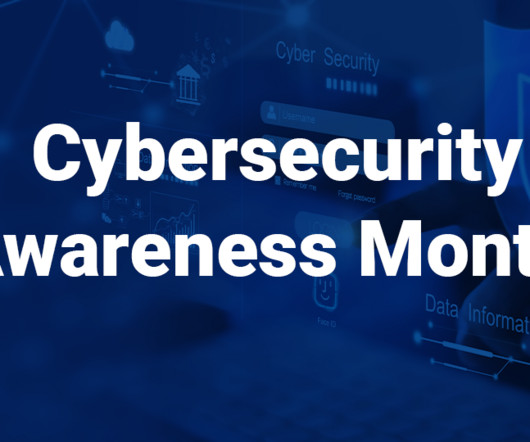Improving the human element in cybersecurity to mitigate phishing risks: A guide for SMBs
Online Computers
JANUARY 21, 2024
With limited resources and typically minimal technical defenses, SMBs are prime targets for cybercriminals who use cunning tactics to trick employees into revealing sensitive information or downloading malware. Technology as a supporting tool Technology can play a supportive role in mitigating phishing risks.























Let's personalize your content